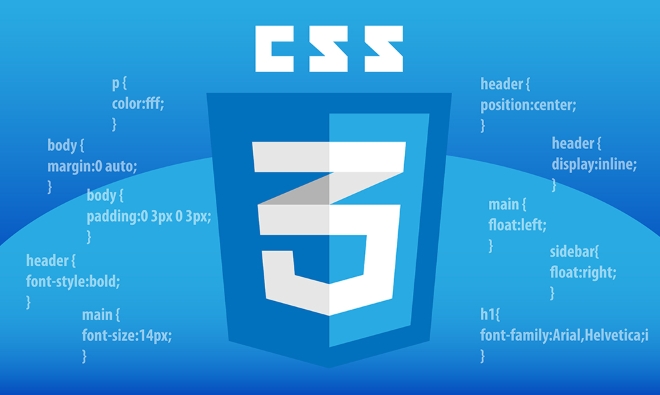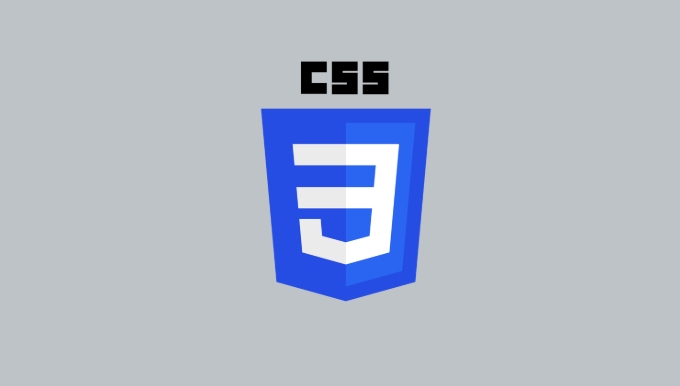In CSS or front-end development, selecting elements of the same level can be achieved through sibling selectors. 1. Use the adjacent brother selector ( ) to select the next brother element next to a certain element. For example, h2 p only applies styles to p immediately following h2, which is suitable for highlighting the first paragraph of text or form item under the title; 2. Use the general brother selector ( ~ ) to affect all subsequent brother elements that meet the conditions, such as input:checked ~ label to turn all subsequent labels green, suitable for controlling the display of tab content or implementing the collapsed panel; 3. In JavaScript, element.nextElementSibling and element.previousElementSibling can obtain adjacent brother nodes, and combine it with a loop to traverse all brother nodes for dynamic operation of elements; 4. Although CSS does not have the reverse brother selection function, similar effects can be indirectly achieved through the order attribute of Flex layout and other techniques.

In CSS or front-end development, selecting sibling elements is actually a very common requirement, such as you want to style the following or adjacent sibling elements. At this time, you need to use the brother selector.

Use the adjacent brother selector ( )
This is the most basic way to select the next brother element next to an element.
For example:

h2 p {
color: red;
} The meaning of this code is: all p elements following h2 's text color turns red. Note that only the brother element that follows will be selected, and the others will not take effect.
Applicable scenarios:

- Want to highlight the first paragraph below the title.
- The prompt copy after an item in the form requires a special style.
Use the Universal Brother Selector (~)
If you want not just the next brother, but all subsequent brother elements that meet certain criteria to apply styles, then you have to use this.
Examples are as follows:
input:checked ~ label {
color: green;
} The meaning of this code is: When an input is selected, all label brothers after it will become green fonts.
Applicable scenarios:
- When switching tabs (tabs), control the display of the corresponding content area.
- Implements a drop-down menu or a folding panel that is pure CSS.
How to operate sibling nodes in JavaScript?
Sometimes CSS alone is not flexible enough, you need to use JS to obtain and manipulate sibling elements.
Common methods are:
-
element.nextElementSibling— Get the next sibling node (only look at element nodes, ignore text, comments, etc.). -
element.previousElementSibling— Get the previous sibling node. - To traverse all sibling nodes, you can re-circulate them in combination with
parent.childrento re-circulate.
Example:
const current = document.querySelector('.active');
const next = current.nextElementSibling;
if (next) {
next.classList.add('highlight');
}This way you can dynamically operate the sibling nodes of the current element.
Tips: You can also select brothers in CSS
While CSS doesn't have a "Brothers in the Front" selector, you can use some layout tips to achieve similar effects. For example, when using Flex layout, you can change the visual order by setting order attribute, or achieve the purpose by linking pseudo-classes and states.
To sum up, the key to choosing sibling elements is to understand the scope of action of different selectors and choose the appropriate writing method according to the specific scenario. Basically all is it, not complicated but it is easy to ignore details.
The above is the detailed content of How do you select sibling elements?. For more information, please follow other related articles on the PHP Chinese website!

Hot AI Tools

Undress AI Tool
Undress images for free

Undresser.AI Undress
AI-powered app for creating realistic nude photos

AI Clothes Remover
Online AI tool for removing clothes from photos.

Clothoff.io
AI clothes remover

Video Face Swap
Swap faces in any video effortlessly with our completely free AI face swap tool!

Hot Article

Hot Tools

Notepad++7.3.1
Easy-to-use and free code editor

SublimeText3 Chinese version
Chinese version, very easy to use

Zend Studio 13.0.1
Powerful PHP integrated development environment

Dreamweaver CS6
Visual web development tools

SublimeText3 Mac version
God-level code editing software (SublimeText3)

Hot Topics
 What is 'render-blocking CSS'?
Jun 24, 2025 am 12:42 AM
What is 'render-blocking CSS'?
Jun 24, 2025 am 12:42 AM
CSS blocks page rendering because browsers view inline and external CSS as key resources by default, especially with imported stylesheets, header large amounts of inline CSS, and unoptimized media query styles. 1. Extract critical CSS and embed it into HTML; 2. Delay loading non-critical CSS through JavaScript; 3. Use media attributes to optimize loading such as print styles; 4. Compress and merge CSS to reduce requests. It is recommended to use tools to extract key CSS, combine rel="preload" asynchronous loading, and use media delayed loading reasonably to avoid excessive splitting and complex script control.
 External vs. Internal CSS: What's the Best Approach?
Jun 20, 2025 am 12:45 AM
External vs. Internal CSS: What's the Best Approach?
Jun 20, 2025 am 12:45 AM
ThebestapproachforCSSdependsontheproject'sspecificneeds.Forlargerprojects,externalCSSisbetterduetomaintainabilityandreusability;forsmallerprojectsorsingle-pageapplications,internalCSSmightbemoresuitable.It'scrucialtobalanceprojectsize,performanceneed
 Does my CSS must be on lower case?
Jun 19, 2025 am 12:29 AM
Does my CSS must be on lower case?
Jun 19, 2025 am 12:29 AM
No,CSSdoesnothavetobeinlowercase.However,usinglowercaseisrecommendedfor:1)Consistencyandreadability,2)Avoidingerrorsinrelatedtechnologies,3)Potentialperformancebenefits,and4)Improvedcollaborationwithinteams.
 CSS Case Sensitivity: Understanding What Matters
Jun 20, 2025 am 12:09 AM
CSS Case Sensitivity: Understanding What Matters
Jun 20, 2025 am 12:09 AM
CSSismostlycase-insensitive,butURLsandfontfamilynamesarecase-sensitive.1)Propertiesandvalueslikecolor:red;arenotcase-sensitive.2)URLsmustmatchtheserver'scase,e.g.,/images/Logo.png.3)Fontfamilynameslike'OpenSans'mustbeexact.
 What is Autoprefixer and how does it work?
Jul 02, 2025 am 01:15 AM
What is Autoprefixer and how does it work?
Jul 02, 2025 am 01:15 AM
Autoprefixer is a tool that automatically adds vendor prefixes to CSS attributes based on the target browser scope. 1. It solves the problem of manually maintaining prefixes with errors; 2. Work through the PostCSS plug-in form, parse CSS, analyze attributes that need to be prefixed, and generate code according to configuration; 3. The usage steps include installing plug-ins, setting browserslist, and enabling them in the build process; 4. Notes include not manually adding prefixes, keeping configuration updates, prefixes not all attributes, and it is recommended to use them with the preprocessor.
 What are CSS counters?
Jun 19, 2025 am 12:34 AM
What are CSS counters?
Jun 19, 2025 am 12:34 AM
CSScounterscanautomaticallynumbersectionsandlists.1)Usecounter-resettoinitialize,counter-incrementtoincrease,andcounter()orcounters()todisplayvalues.2)CombinewithJavaScriptfordynamiccontenttoensureaccurateupdates.
 CSS: When Does Case Matter (and When Doesn't)?
Jun 19, 2025 am 12:27 AM
CSS: When Does Case Matter (and When Doesn't)?
Jun 19, 2025 am 12:27 AM
In CSS, selector and attribute names are case-sensitive, while values, named colors, URLs, and custom attributes are case-sensitive. 1. The selector and attribute names are case-insensitive, such as background-color and background-Color are the same. 2. The hexadecimal color in the value is case-sensitive, but the named color is case-sensitive, such as red and Red is invalid. 3. URLs are case sensitive and may cause file loading problems. 4. Custom properties (variables) are case sensitive, and you need to pay attention to the consistency of case when using them.
 Case Sensitivity in CSS: Selectors, Properties, and Values Explained
Jun 19, 2025 am 12:38 AM
Case Sensitivity in CSS: Selectors, Properties, and Values Explained
Jun 19, 2025 am 12:38 AM
CSSselectorsandpropertynamesarecase-insensitive,whilevaluescanbecase-sensitivedependingoncontext.1)Selectorslike'div'and'DIV'areequivalent.2)Propertiessuchas'background-color'and'BACKGROUND-COLOR'aretreatedthesame.3)Valueslikecolornamesarecase-insens






